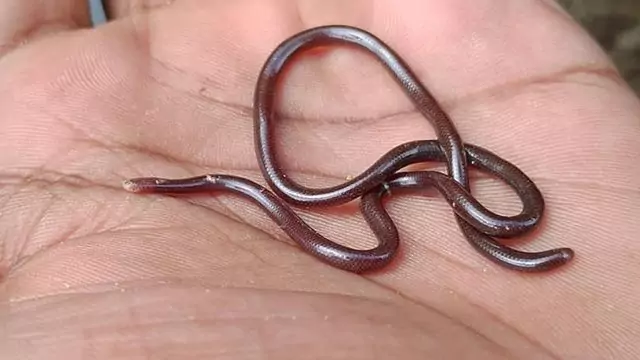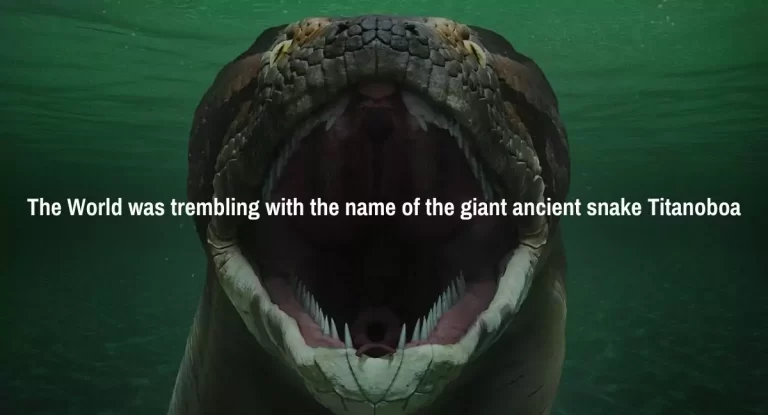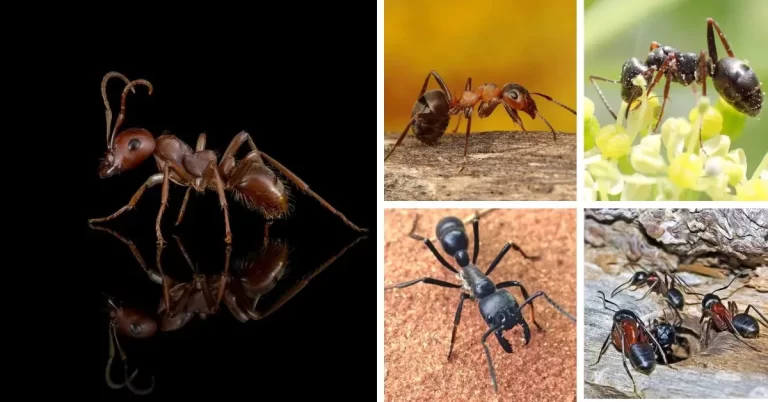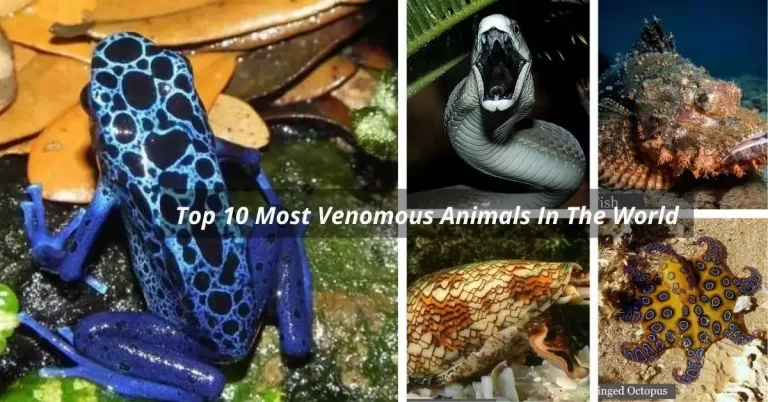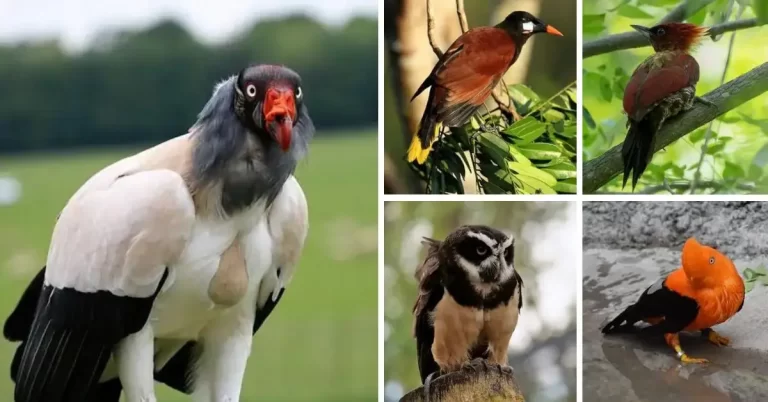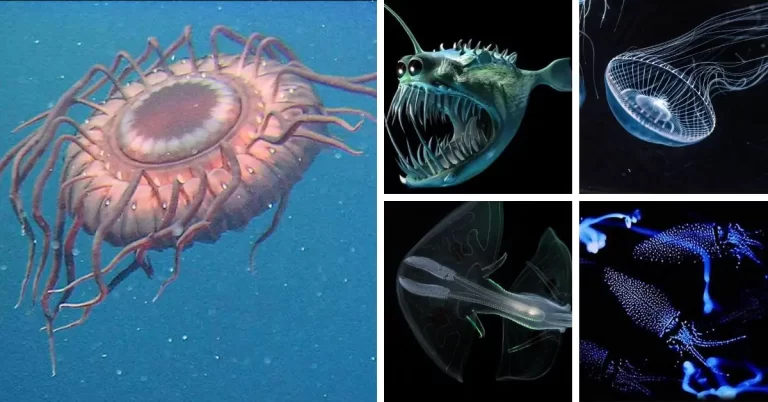15 Animals With Big Eyes In The World
Various species inhabit the animal kingdom, each uniquely suited to its environment. Among the many interesting things found in nature, the appearance of large eyes in some animals is remarkable and interesting. The eye acts as a window to the soul, and in the animal world plays an important role in survival, interaction, and adaptation to the environment.
This list of animals with big eyes includes a variety of primate species. Such as the tarsier and slow loris, which have striking eyes, the fennec fox and the sifaka lemur rely on their large eyes. Navigate in the dense forest. While underwater creatures like giant squid use large eyes to explore the depths of the ocean
Whether it’s for better night vision, hunting for prey, or expressing emotions, the large eyes of these animals are one of the ways nature inhabits our planet.
.
.
List Of Animals With Big Eyes
1. Tarsier

The tarsier, a small primate belonging to the family Tarsiidae, is famous for its astonishingly large eyes, which are the largest in the animal kingdom by eye-to-body size ratio. Found in Southeast Asia, especially in the islands of Borneo, Sumatra, and the Philippines, the tarsier’s nocturnal lifestyle complements its extraordinary vision.
With the eyes fixed in their sockets, the tarsier compensates for this limitation by the ability to rotate its head nearly 180 degrees. Due to this, it becomes capable of seeing a wide area.
This large-eyed animal is important for its hunting ability, as the tarsier hunts insects and small vertebrates primarily under the cover of darkness Large eyes help in low-light situations, allowing the tarsier to identify its prey.
2. Bush Baby (Galago)

The sub-Saharan African bush baby, or Galago as it is scientifically called, is a small, nocturnal monkey. The bush baby, so named because of its cute look, has vast, spherical eyes that help it see quite well at night.
This big-eyed animal can see incredibly well in the dark thanks to these large eyes formed by unique facial features.
Bush babies use their nimble limbs to move quickly among the trees, and they eat mostly fruits, insects, and tree gums. These tree-dwelling animals can leap quite a distance between branches and are skilled at it.
3. Owl

Owls are charismatic birds of prey belonging to the order Strigiformes, and one of their most recognizable characteristics is undoubtedly their huge, forward-facing eyes. These big eyes, which are adapted for nocturnal hunting, give owls excellent low-light vision and the capacity to identify prey in the shadows. Because of their unique feathers, they can fly silently and efficiently to surprise their victim.
Owls are a remarkable group of birds with a vast variety of sizes, colors, and habitats found throughout the world. Civilizations recognize owls for their symbolic meaning, frequently connoting wisdom and charisma.
4. Lemur

Lemurs, endemic to Madagascar, are captivating primates recognized for their large, expressive eyes. These nocturnal or diurnal creatures exhibit a wide range of species, each with unique characteristics such as distinctive fur patterns and long tails.
Lemurs are agile climbers, utilizing their strong hind legs and gripping hands to navigate the forest canopy. This animal with big eyes helps them in low light conditions, which is important for their diverse lifestyle.
5. Slow Loris

The slow loris, a small nocturnal primate found in Southeast Asia, is distinguished by its large, expressive eyes. It is an arboreal creature with slow, methodical movements and toxic venom secreted from glands on its elbows—an unusual characteristic among primates.
To adapt to its nocturnal existence and improve its vision in low light, the slow loris utilizes its huge eyes to forage for insects, fruits, and tree sap on its own.
6. Chameleon

Amazing reptiles, chameleons are distinguished by their big, freely moving eyes and their ability to change color. Chameleons utilize their eyes to identify prey nearby. They are found in a range of settings in Africa, Madagascar, the Middle East, and southern Asia.
With a 360-degree range of vision, these eyes enable the chameleon to study its surroundings without having to move its body. Chameleons are amazing creatures that are well-known for their unusual capacity to change color to communicate, regulate body temperature, and blend in with their surroundings.
7. Tree Frog

Tree frogs are charming amphibians dwelling in diverse ecosystems. Their huge eyes play an important position in their survival, assisting in looking, navigation, and predator detection.
Located on top of their heads, the eyes offer an almost panoramic view, enhancing their capability to identify bugs and navigate through flora. Tree frogs’ extraordinary vision is complemented by adhesive foot pads, which allow them to grasp several surfaces. With vibrant hues and patterns, these big-eyed animals also use their appearance for camouflage.
8. Fennec Fox

The fennec fox is a small nocturnal mammal native to the Sahara Desert. Which is understood for its one-of-a-kind fascinating ears and large eyes. Adapted to their dry habitat, these ears function as effective warmth dissipaters, assisting in modifying the fox’s frame temperature inside the wilderness warmness.
The big eyes of the fennec fox help it in low mild situations at night whilst looking for bugs, small rodents, and flora. Due to their appealing appearance and adaptableness to harsh environments, those foxes have turned out to be popular exclusive pets.
9. Tokay Gecko

The tokay gecko is native to Southeast Asia. Which is famous for its appealing appearance, vibrant blue or orange spots, and a different tone that feels like “to-kay”. This nocturnal reptile has massive eyes which contribute to its green night imaginative prescient and looking skills.
With a strong body and powerful limbs, the tokay gecko roams quite a few habitats, from rainforests to city areas. Known for its territorial nature, the calls of the tokay gecko function both as a warning to ability threats and a means of communication with different geckos.
10. Sugar Glider

The sugar glider is a small nocturnal native to Australia, Indonesia, and New Guinea. Famous for its attractive appearance and big eyes. These eyes help navigate the night sky as sugar gliders are adept gliders, moving between trees using the patagium, a membrane that extends from the wrist to the ankle.
Sugar gliders are adapted to an arboreal lifestyle, with a diet consisting of nectar, fruits, and insects. Social animals, often live in colonies, enhancing their survival through cooperative behavior.
11. Margay (A Small Wildcat)

Small wild cats like the margay are indigenous to Central and South America. renowned for her large eyes and lovely features. These cats, who have adapted to living in trees, are good at night for hunting insects, small mammals, and birds because of their sharp vision.
With her retractable claws, Margay can effortlessly climb the tree canopy thanks to her extraordinary agility. These wild cats are threatened by deforestation and habitat degradation, despite their elusive character.
12. Giant Squid

The giant squid is a mysterious creature living in the deep sea. Noted for its enormous size and large, complex eyes. Dwelling in the depths of the ocean, these biggest eyes, one of the largest in the animal kingdom, aid the squid in detecting bioluminescent signals and navigating the dark abyss.
With a body achieving a period of over 40 ft, the large squid is adept at surviving inside the deep sea. Its large eyes allow it to recognize both prey and ability threats, contributing to its energy as an elusive hunter.
13. Sifaka Lemur

Native to Madagascar, the sifaka lemur is a captivating primate known for its unique activity and striking appearance, including large eyes. Famous for its distinctive jumping speed, the sifaka moves through impressive horizontal bounds between trees, demonstrating its agility.
With a coat of soft fur and a distinctive facial pattern, these big-eyed animals have a charm that complements their arboreal lifestyle. Large eyes help them move through dense forests and detect potential threats.
14. Axolotl

The axolotl is an aquatic salamander local to Mexico this is recognized for its specific traits, which include big lidless eyes. Remaining in aquatic larval shape at some point in its lifetime, the axolotl is well-known for incredible regenerative competencies, being able to regrow entire limbs and even elements of the coronary heart and mind.
Their large eyes aid in hunting small aquatic prey at night. With external gills and a feathered appearance, these salamanders are excellent swimmers and glide gracefully through the water.
15. Aye-Aye (A Type Of Lemur)

The aye-aye, a unique local of Madagascar, stands out with its large eyes and distinct features. Famous for its nocturnal conduct, this lemur has an extended, thin middle finger, which is used for a unique approach of foraging referred to as tap foraging.
Using echolocation, the aye-aye taps the bark of a tree and listens to the echoing sound to find hidden insect larvae. Despite its charming variations, the aye-aye faces conservation challenges because of habitat loss and superstitions surrounding its appearance.
.
FAQs:
What animal has the biggest eyes?
The animal with the largest eyes relative to its body size is the colossal squid (Mesonychoteuthis hamiltoni). Their eyes can reach up to 27 cm (11 inches) in diameter, about the size of a soccer ball, allowing them to gather minimal light in the deep ocean depths. These massive eyes aid in detecting prey and potential threats in the dark abyss.
What land animal has the largest eyes?
The land animal with the largest eyes relative to its body size is the ostrich. These flightless birds possess eyes that are approximately 5 cm (2 inches) in diameter. Despite having relatively large eyes, their vision is not as acute as some predators. But their eyes are located on the sides of their heads, giving them a wide range of vision from which they can spot potential dangers in their surroundings, helping them to survive in the African wilderness.
What is a small animal with big eyes?
The tarsier is a small animal typically found in Southeast Asia and possesses an interesting characteristic its disproportionately large eyes. Despite its small stature, this primate’s eyes are surprisingly massive, measuring about 16 mm (0.63 inches) in diameter – a remarkable 2% of its total body weight. This unique feature allows the tarsier to successfully forage for insects and small animals in the shadows of dense forests, showcasing its exceptional ability to navigate and hunt in dimly lit conditions.
What is the cute animal with big eyes?
One of the most iconic cute animals with big eyes is the “Red Panda” (Ailurus fulgens). With their adorable, round faces and large, expressive eyes, red pandas captivate many with their charming appearance. Their eyes, while not exceptionally large relative to their body size, contribute significantly to their endearing appeal.
.
Read Also:
- 12 World’s Most Solitary Animals
- The 15 Most Dangerous Animals In History That Still Exist
- 10 Animals With Bad Memory

